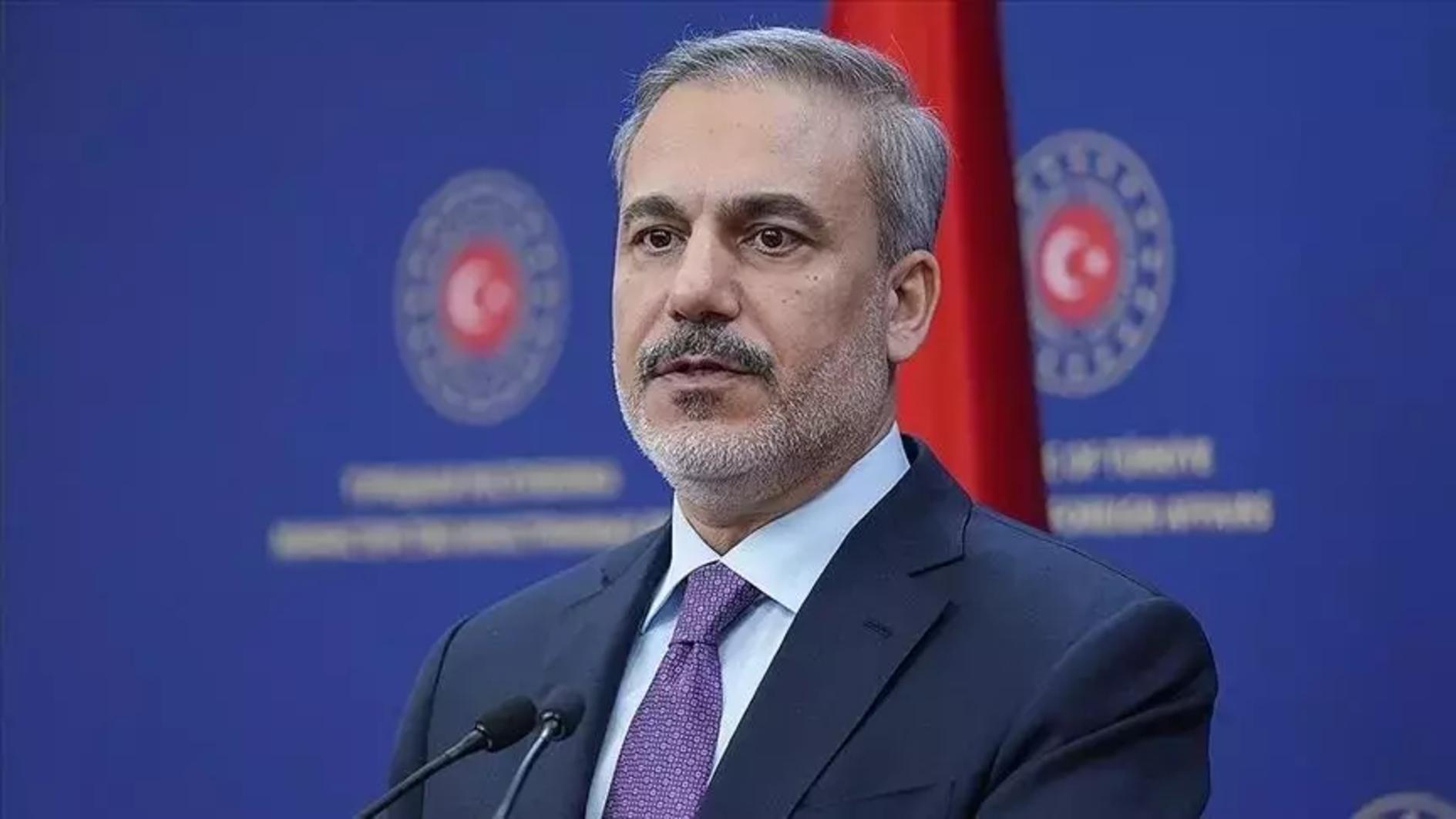Size matters - especially for Atatürk
There was an interesting story in the Hürriyet Daily News on Feb. 18, titled “Atatürk’s real height revealed by Turkish General Staff.” Turkey’s generals had opened a new website that conveyed important truths about the founder of the Turkish Republic, including his “real height.” The “Father of the Turks” was 5 feet 7 inches (1.74 meters) tall, the site proudly noted, “as opposed to previous reports that claimed his height was 5 feet 5 inches (1.68 meters).”
This, as you might expect, raised some questioning, and giggling, in popular media such as Twitter. People asked why the Turkish military, an institution whose job must be national security rather than historical scrutiny, would claim to establish facts about a political leader who died some 75 years ago.
Also, some wondered why the “real height” of that leader would be a matter of such importance.
The answers to these questions were not that hard to find, though. First, unlike any other military in any democratic country, the Turkish military is extremely ideological, proudly subscribing to a doctrine called “Kemalism,” created partly by (and partly in the name of) Kemal Atatürk, Turkey’s first president.
Moreover, Kemalism is not just a political ideology, but also a cult of personality. That is why the Turkish Constitution, imposed in 1982 by a military junta, begins by praising Atatürk as the “immortal leader and unrivaled hero.” That is also why his statues and photos are present every public space, in an abundance that is overshadowed only by the presence of Kim Il Sung in North Korea.
Furthermore, the Kemalist cult of personality venerates not only the genius of Atatürk, but also his physical features. A poem which is titled “I am thinking of Mustafa Kemal,” and which is memorized by all school children, begins with the following lines:
“He is on a horse whose manes are from fire,
He is taking over huge mountains, endless seas,
His golden hair floats in the wind
His blue eyes shine like stars.”
However, there has been one physical feature of Atatürk that Kemalists have not found too helpful to emphasize: That he was not terribly tall. There is even a rude joke telling how he once went to a little town in Anatolia, where the locals - who had expected a giant - were disappointed with his height and his not-so-baritone voice.
Of course, like all of us, Atatürk was the way he was created, and his physical features should not say anything about his life, mission and ideas. But minds tuned for cult of personalities apparently don’t think way, and hence we are having Turkish military websites telling us that Atatürk was taller than what people think.
Now, the readers of this column are probably aware that I am quite critical of this Kemalist cult of personality. I have condemned it as irrational, infantilizing and authoritarian. And I still stand by these criticisms.
However, the more Turkey unfolds, the more I see that I should be a bit more lenient on the Kemalists on this issue for a simple reason: They are not the only one. Kurdish nationalists worship their own “supreme leader, Abdullah Öcalan. Some religious conservativeshave recently begun to elevate Prime Minister Erdoğan to similar heights. In all these camps, there is a tendency to have a super-strong leader who will be always followed and venerated, but never questioned and criticized. And herein lies, I believe, some of the roots of Turkey’s ever-present liberalism deficit.











